Enryakuji is an easy day trip from Kyoto, just half an hour on the train and you can be breathing the mountain air with stunning views out over Lake Biwa. This peaceful collection of historic temples on Mt Hiei is the perfect spot for a bit of light hiking, a living history lesson and a whole lot of serenity.

I love spending time in Kyoto but in the midst of cherry blossom mania, I wanted to enjoy some fresh air and the serenity of a temple visit without the flag-carrying tour leaders and their coach loads of chattering followers. It was one of those days that led us to venture into the hills east of Kyoto to Mt Hiei (Shiga Prefecture) and explore Enryakuji. This peaceful mountain complex would be an excellent alternative for any visitor who doesn’t have the time or resources to travel out to Koyasan in Wakayama prefecture.
Enryakuji is the name given to both the group of Buddhist temples and the general area on Mt Hiei. it was made a world heritage site in 1994 but was surprisingly quiet on the day we visited and turned out to be a great day for some light hiking, mountain air and exploring somewhere slightly off the main tourist route.
Table of Contents
Getting to Enryakuji
We took the train from Kyoto station to Sakamoto, it’s an easy trip on Japan’s efficient train network with good views of Lake Biwa along the way. It takes around 30 minutes and costs Y460 each way. There were a few English brochures with a map at the Sakamoto station, but finding our way wasn’t difficult.
We headed up the main street opposite the station, towards the mountain and away from the lake. The large concrete Torii over the road let us know we were on the right path as we continued up the road. We stopped briefly at a convenience store to get some snacks and drinks for lunch having been warned that there would be little choice once up the mountain.
Further up the road, we came to another Torii marking the entrance to the shrine, you take a left on the road immediately before it to get to the Sakamoto cable car station.
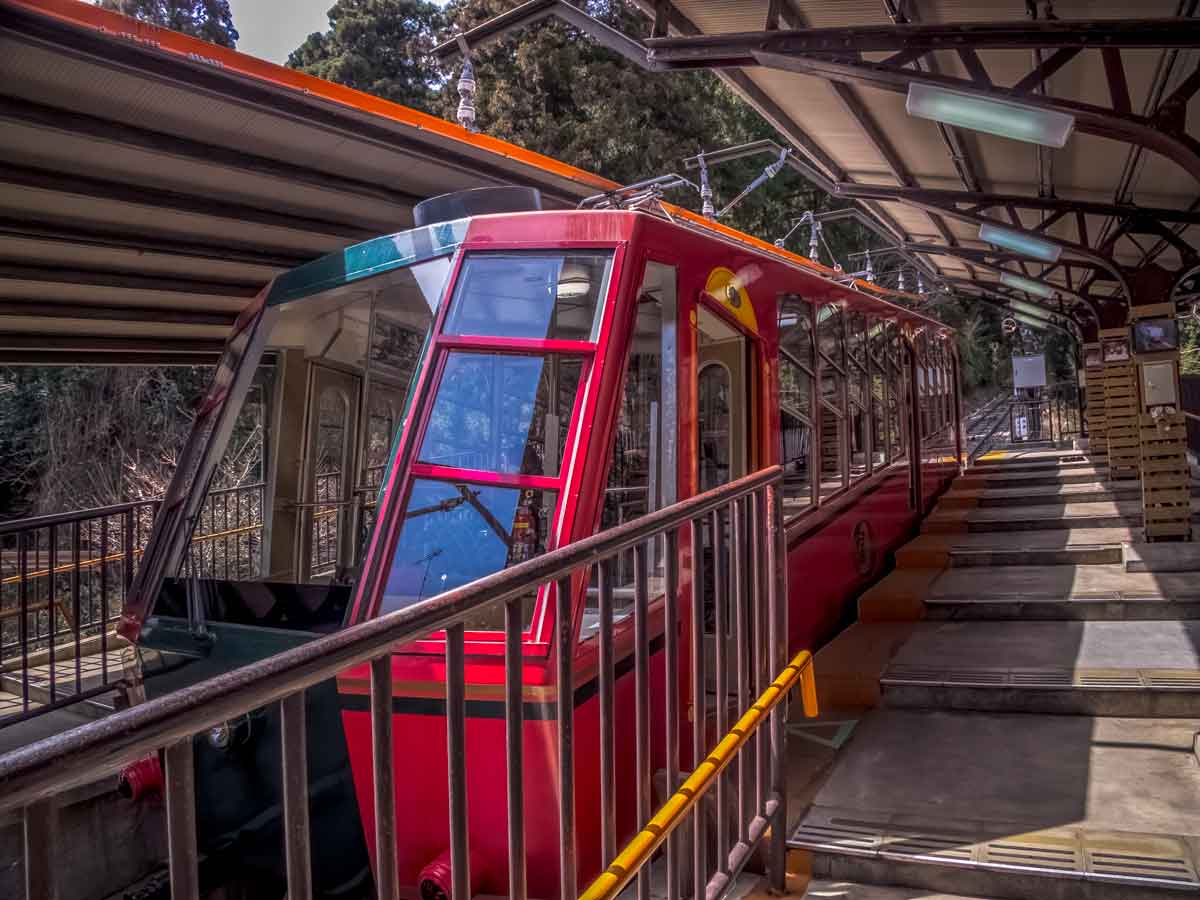
The cable car costs Y1570 for a round ticked to the third station (Enryakuji). It’s a modern and comfortable trip up the mountain.
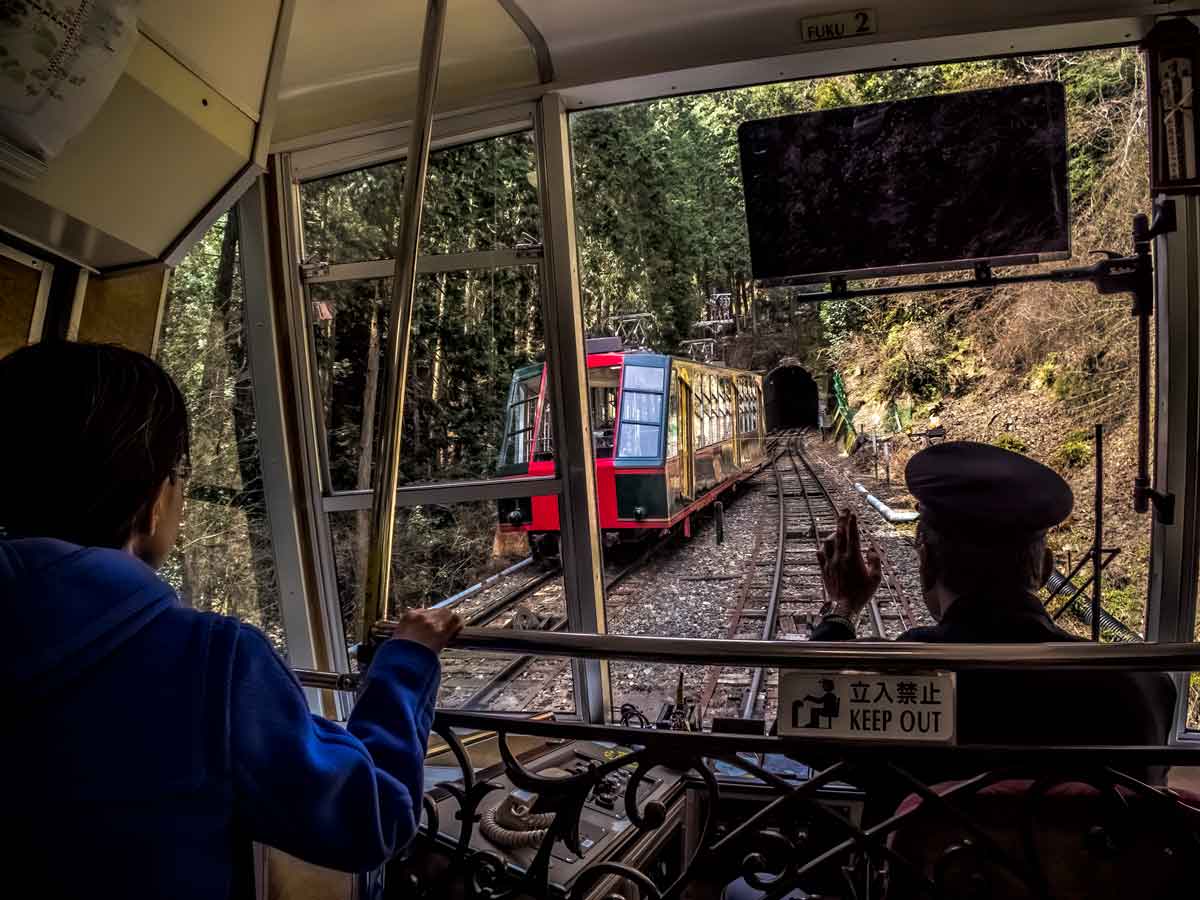
At the top the views from just outside the station are stunning. You can walk right around the lookout area for an incredible view in all directions.
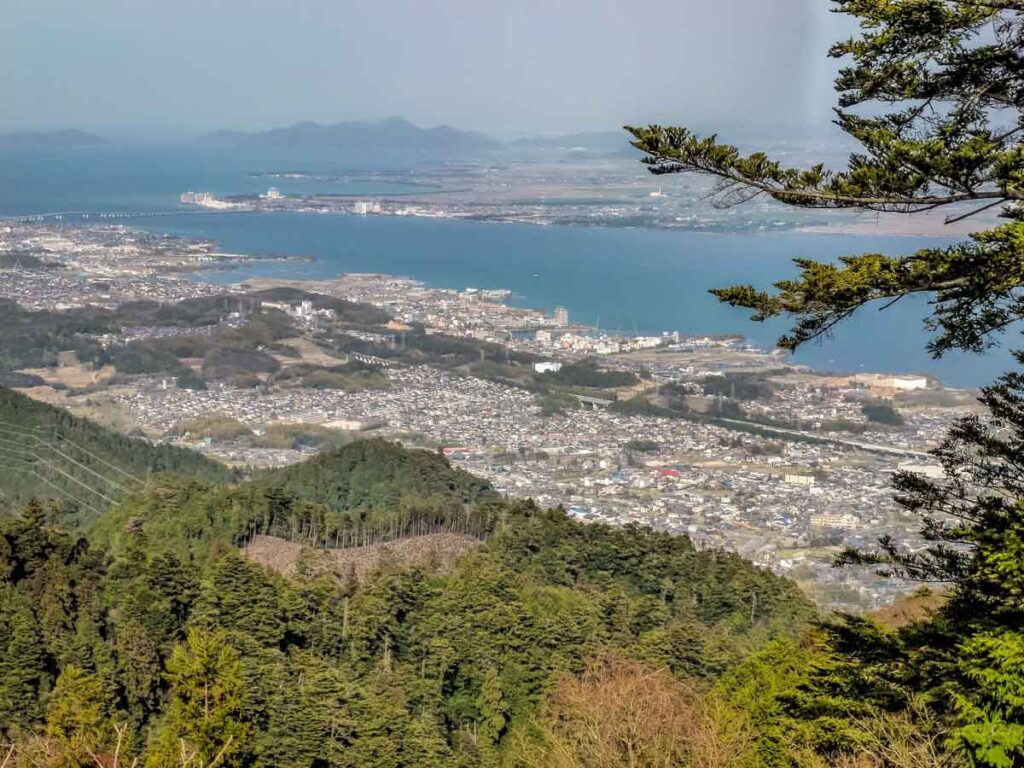
Exploring the Mountain
After you’ve had a good look around head up the road toward the temple complex past huge cedar trees. Enryakuji is arguably one of the most important monasteries in Japan and is the headquarters of the Tendai sect of Japanese Buddhism. Many influential monks studied at Enryukuji including the founders of a number of later sects including the Pure Land (Jodo), Zen and Nichiren sects.
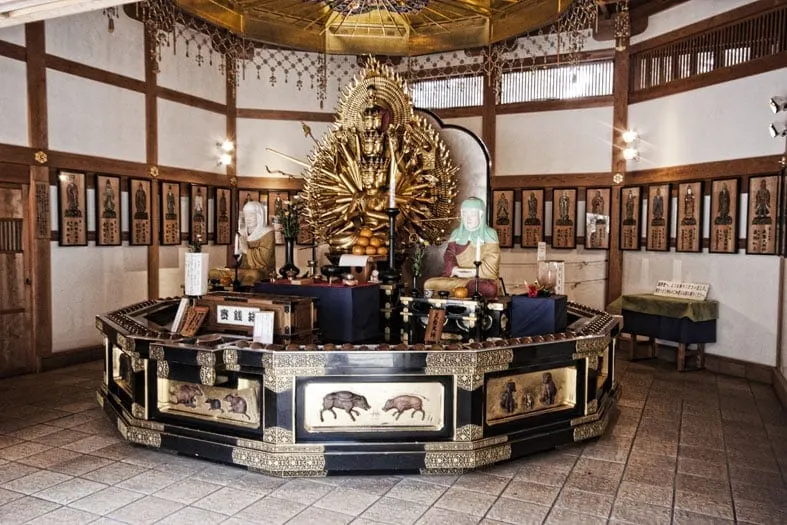
Enryakuji was founded in 788 by Saicho (posthumously known as Dengyu Daishi), the monk credited with introducing Tendai Buddhism to Japan. At its peak, Enryakuji had as many as 3000 sub-temples and a powerful army of warrior monks who often engaged in power struggles with other monasteries and political leaders.
Ultimately this worked against it as Oda Nobunaga in his quest to unite the country attacked and destroyed most of Enryakujis buildings and killed many of the inhabitants in 1571. Because of this rampage most of the buildings in the complex today date from the early Edo period when it was rebuilt.
Konpon chu-do
Konpon Chu-do is the most important temple in the complex and is the first group you come to from the cable car station. It was established in 788 by Dengyu Daishi.
The hidden icon of the temple was carved by Daishi and is of Bhaisajyarguru (the Medicine Buddha) protecting the historical Buddha. The statue is said to have been kept continuously lit by Fumetsu no hoto (the unextinguishable dharma lamp) for over 1200 years. This original temple was destroyed in the fighting of 1571 so the current building dates back to 1642.
Kaidan-in
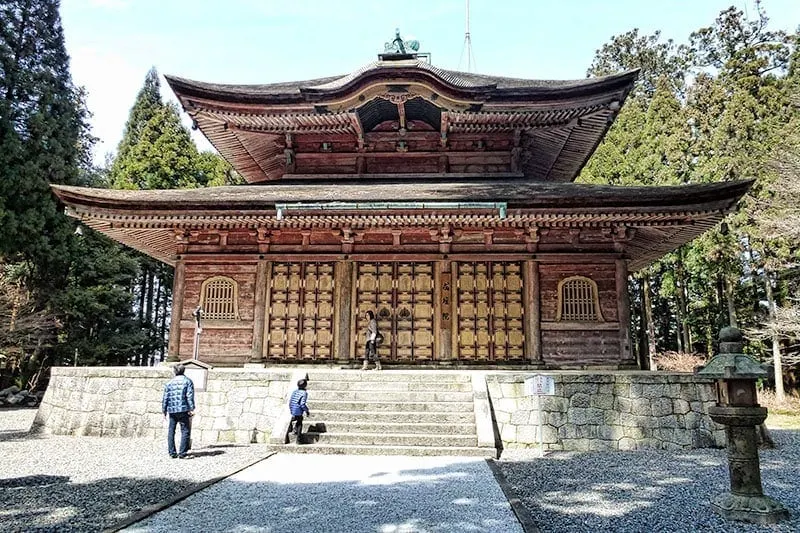
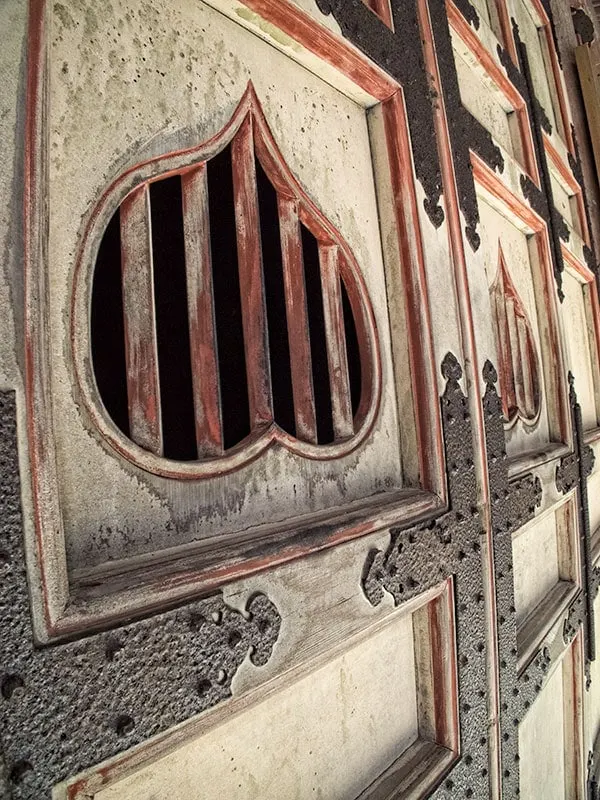
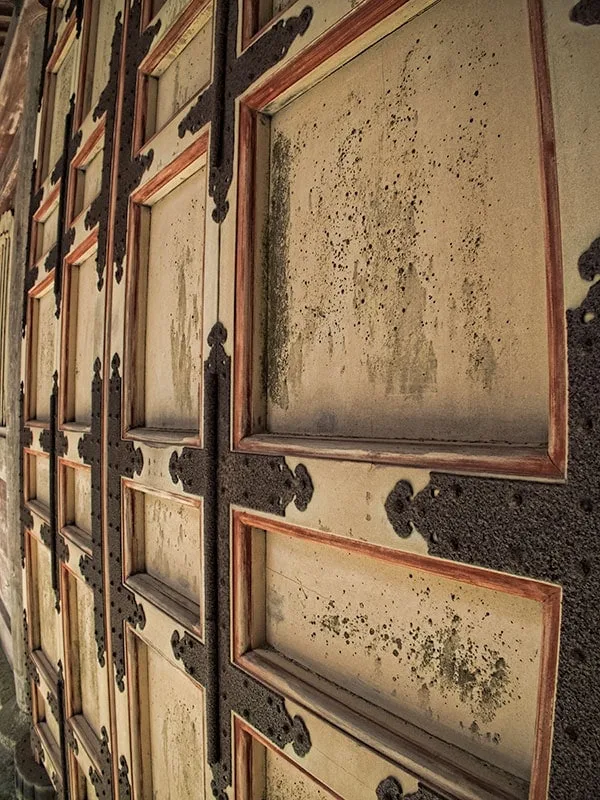
Kaidan-in is where aspiring priests of the Tendai sect are ordained. Following the death of Dengyu Daishi an imperial permit to establish the temple was issued and it was established in 828. The building is very ornate and while you aren’t permitted to enter you are able to see the enshrined statues through the small windows in the ornate doors if you give your eyes a few moments to adjust to the light.
The To-Jo Area

The training hall at Hokke So Ji-in was planned by Daishi and founded in 862. Nobunaga later burned it down and the current building was restored 400 years later in 1987. The Amida-do was established in 1937. There was a small service taking place while we were there and soft chanting could be heard in the courtyard while we ate lunch.
By this stage, I was already pleased I’d worn comfortable shoes. While it was easy walking it had a lot of steps, steps and more steps up and down the mountain in between the temple areas. Some of the stairs went for a considerable distance and were knee height on me making for very stretched calves by the end of the day.
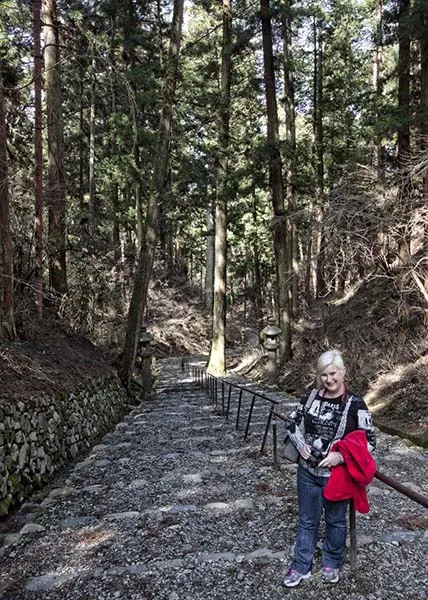
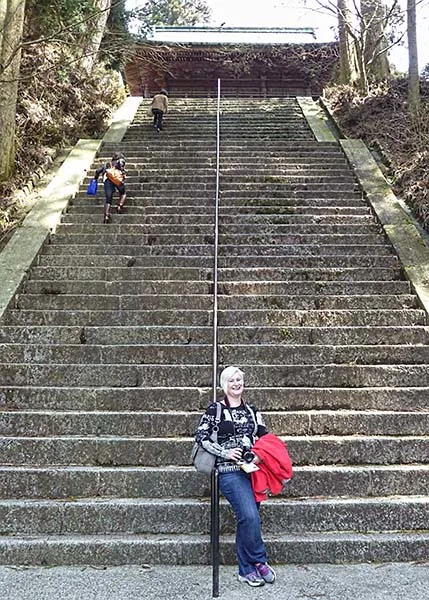
The Sai-to Section
In the Sai-to area, there are several more temples to see. Two of these temples are joined to each other, these are called Hokke-do and Jogyo-do but jointly they are known as Ninai-do. This joining of the two temples symbolizes the unity of the teaching carried out within them.

The whole mountain area is very pretty. It has well-developed walking paths and stairs but is also very peaceful with huge old trees adding to the feeling of serenity and quiet. The history of the area, even from what we were able to understand without being able to read Japanese is incredibly interesting and it wasn’t busy, actually, there were very few people around.
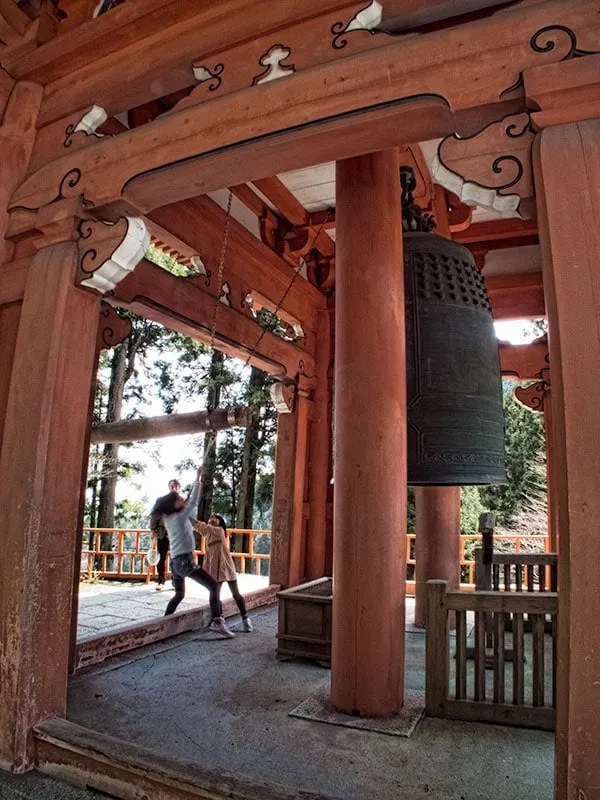
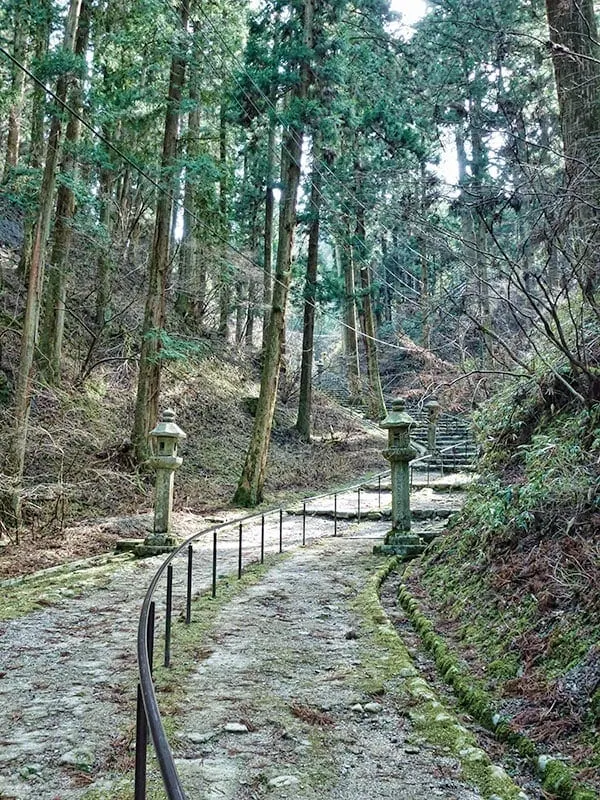
This was a great day out and an easy self-paced tour. The Enryukuji area reminded me a lot of Nikko both for its well preserved historic significance and the stunning natural beauty. The main difference was how quiet it was here, there were large sections where you had the area to yourself to explore. The largely Japanese tourists that were in the area were friendly when you passed along the way and you could really feel the energy of the place rejuvenate you.
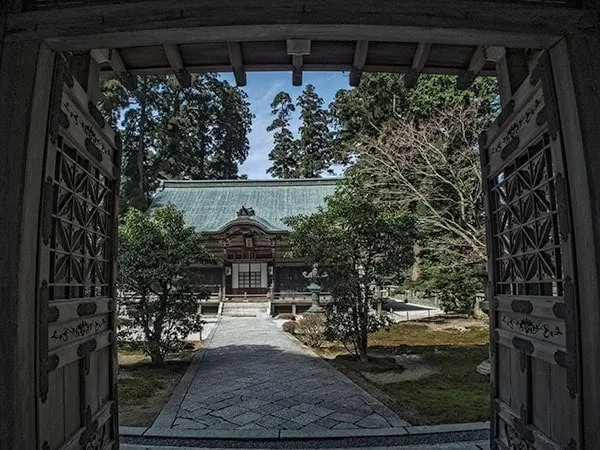
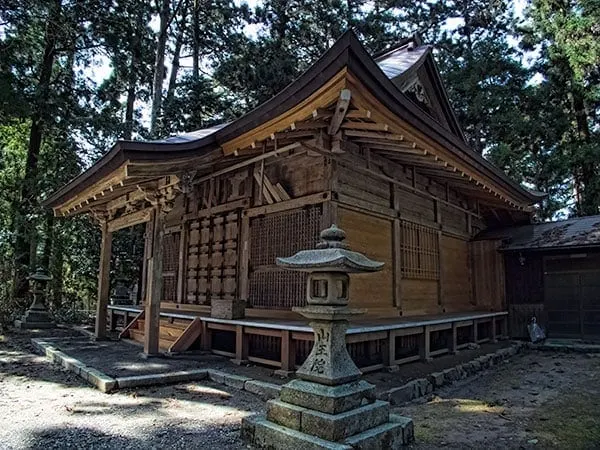
Enryakuji Visitor Information
Entry fees and other costs
There are no fees for entry to the temple complex itself but a couple of individual temple buildings did require a donation to enter the building.
You can access the Enryakuji section of Mt Hiei by car or on an organised tour. Alternatively, the cable car which we thoroughly recommend costs Y1570 return from the bottom to the third station and back again. From the lower station, it’s an easy walk to the train station.
Shops, restaurants and other facilities
We came across no shops in this part of Mt Hiei and the only restaurant was part of the hotel on the mountain run by Hoshino Resorts. We recommend coming prepared with drinks and snacks.
There are public toilets around the mountain and we did find a drink vending machine. There is English language signage around the major temple buildings but it might be worth saving this official Hieizan information brochure to your phone or printing it out.
If you found this article useful please consider saving it to Pinterest. It makes it easy for you to find it again, it helps us, and it helps other travellers to find the information they are looking for.
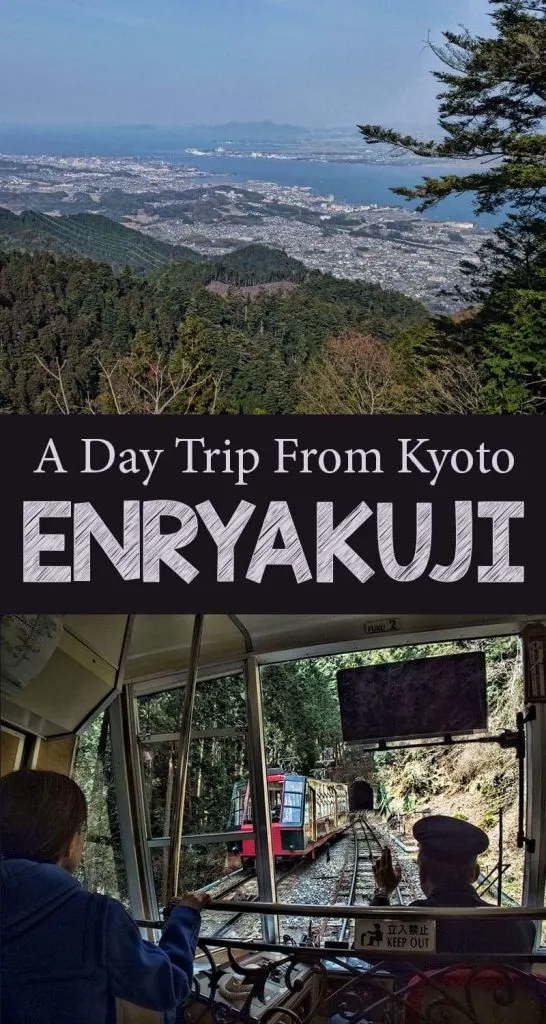
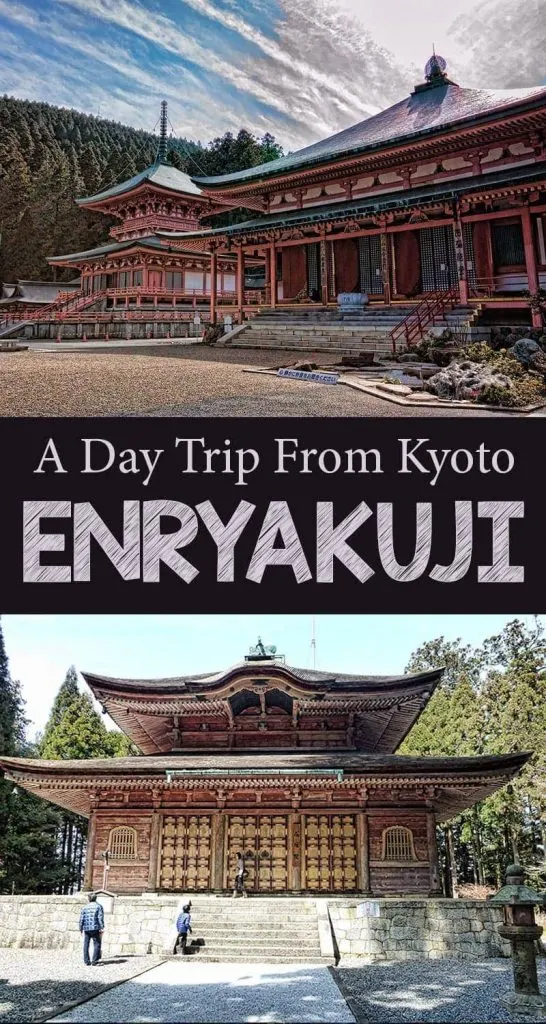
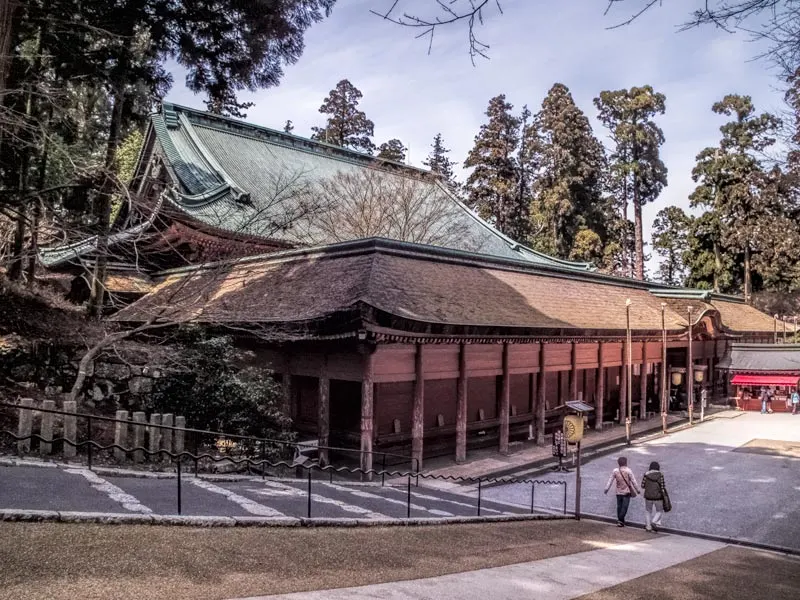
Mary
Friday 14th of October 2016
Thanks for this post! We're going to be in kyoto over Christmas and New Year this year and I've been deliberating about Koyasan. Do you think Enryakuji is a suitable place to go in winter? From all account winter is a great time to visit but very cold. Wanting to do lots of walking and hoping this is possible at this time. Mary
2 Aussie Travellers
Friday 14th of October 2016
That will be so much fun, it would be super busy but I would love to do a New Years day shrine visit to Fushimi Inari or Yasaka. We've travelled in Japan in winter but haven't been to either Enryakuji or Koyasan on those trips. I understand both have a chance of some snow in late December which is so pretty if you do catch it. We did find walking distance in heavy snow and icy paths, like in Sapporo and Otaru right up north, quite slow going and difficult. We aren't use to it and didn't really have the best footwear for the conditions but my understanding is that you aren't likely to hit that. We enjoyed Enryakuji and it is definitely possible to do in winter but if I had the time I think Koyasan would be be my choice with crossed fingers and hoping for snow.
Soemthing we did find being in Kyoto in winter was to take layers of clothes. Kyoto is usually a bit warmer than surrounding areas and we made the mistake of judging what we wore in the morning then heading out on a daytrip. So for example a 12 degree day in Kyoto was reasonably comfortable in a warm top and jacket but was a whole lot colder and had snow on the ground when we got to Nagahama. The town and train ride was beautiful but I hadn't bothered with my scarf or an under layer.
Erika
Saturday 20th of August 2016
Thank you very much for this post! We only have nine days on our upcoming trip to Japan, and our 5-year old absolutely wants to see a Peace Bell! This also makes our decision not to visit Nikko as a day trip from Tokyo.
2 Aussie Travellers
Saturday 20th of August 2016
Hi Erika, Have a fabulous trip, I'm sure your daughter will love ringing the peace bell at Enryakuji it will be a lovely memory for her as she grows up.
Anna
Friday 15th of April 2016
HI! How similar is this place to Koyasan? We are going to Japan for the first time and just for 8 days, so I'm wondering if it makes sense to do both or if it is too similar. I heard great things about Koyasan so I would really like to do that (but I’m still not sure if it is doable with such short time) but after reading this, I‘m really considering doing this as one of our day trips from Kyoto, since we prefer quiet places with not that many tourists. I’m thinking a day in Tokyo, day trip to Fuji 5 lakes, 2 days in Kyoto, day trip to Himeji, day trip to Enryakuji and then one night at Koyasan. Does this make sense or would we this way miss some stuff we definitely need to see? Thanks!
2 Aussie Travellers
Friday 15th of April 2016
Your trip sounds fabulous. If you have space in your itinerary to spend the night at Koyasan I'd absolutely do that, the experience would be fabulous, it's just a bit more time consuming to get to as it's not accessed as directly from the Tokaido/Sanyo bullet train line as the other locations are. As you have seen on the sight we love Japan so no trip is ever long enough to fit in everything, Nara would be an alternate side trip from Kyoto to consider in place of Enryakuji, it depends so much on your personal interests.
Danielle Des
Tuesday 15th of March 2016
The steps are a great way to breakup so much beauty. Sounds like a super relaxing day with a bit of a workout thrown in the mix.
2 Aussie Travellers
Tuesday 15th of March 2016
Thanks Danielle, yeah the steps helped work off a bit of the excess consumption of yummy Japanese food
anto
Monday 14th of March 2016
Wow - I can totally see why this is a relaxing thing to do after Kyoto. I actually heard from various people that they thought Kyoto was way too busy for their taste, they should have known about this place. Your pics are gorgeous btw!
2 Aussie Travellers
Monday 14th of March 2016
Thanks, we do love Kyoto and have been back may times and will go again but it's not as slow and old worldly as a lot of the international image would suggest. You do need to look for the spots that are a little less known if you want that serenity, especially in peak season like cherry blossom time :)